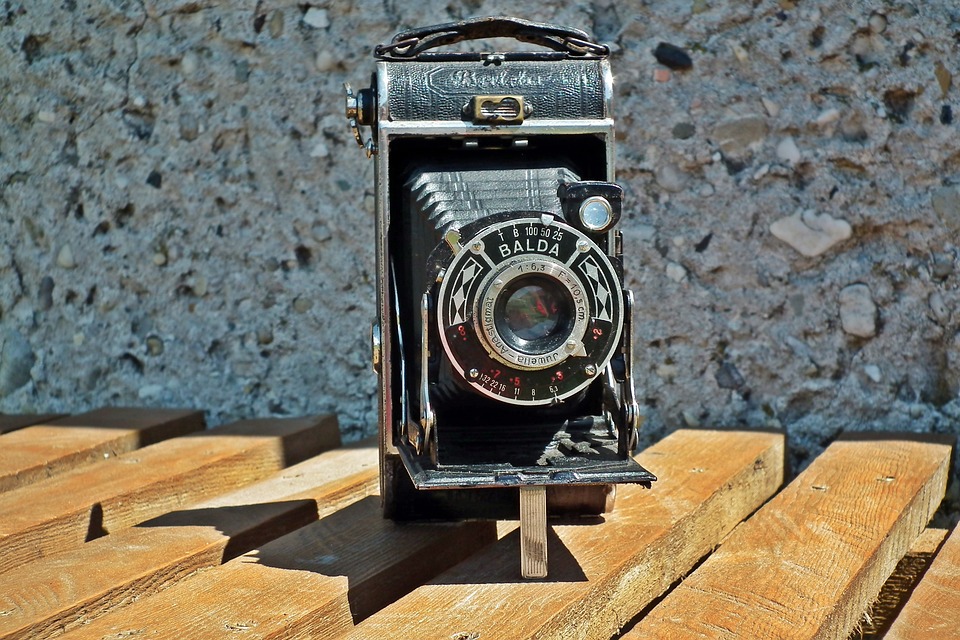Mastering the Art of Blues Harmonica Playing
Blues harmonica, also known as the blues harp, is a unique and expressive instrument that has been a staple in blues music for decades. From classic blues artists like Little Walter and Sonny Boy Williamson to modern players like Kim Wilson and Charlie Musselwhite, the harmonica has been a key component of the blues sound.
If you’re looking to master the art of blues harmonica playing, there are a few key tips and techniques that can help you along the way. Whether you’re a beginner just starting out or a more experienced player looking to take your skills to the next level, mastering the blues harmonica can be a rewarding journey.
Choosing the Right Harmonica
The first step in mastering the art of blues harmonica playing is choosing the right harmonica for your playing style. There are many different types and keys of harmonicas available, so it’s important to find the one that will best suit your needs.
For blues harmonica playing, the most common keys are the key of C, A, and D. These keys are often used in blues music and can help you achieve that classic blues sound. When choosing a harmonica, look for one that feels comfortable in your hands and has a good tone quality.
Learning Basic Techniques
Once you have chosen the right harmonica, it’s time to start learning some basic techniques. One of the most important techniques in blues harmonica playing is bending notes. Bending notes involves changing the pitch of a note by altering the shape of your mouth and throat. This technique is essential for achieving that classic blues sound.
Another important technique to master is the use of vibrato. Vibrato involves subtly bending and releasing notes to add emotion and expressiveness to your playing. Practice using vibrato on different notes to develop your own unique sound.
Playing with Feeling
One of the key elements of mastering the art of blues harmonica playing is playing with feeling. Blues music is all about expressing emotions and telling a story through your playing. Take the time to listen to classic blues recordings and pay attention to how the harmonica player uses dynamics, phrasing, and emotion to convey the meaning of the song.
When you’re playing the harmonica, focus on connecting with the music and expressing yourself through your playing. Use dynamics, such as playing softly and then building up to a louder, more powerful sound, to add depth and emotion to your playing.
Improvising and Jamming
Blues music is all about improvisation and jamming with other musicians. To master the art of blues harmonica playing, it’s important to develop your improvisational skills and learn how to jam with other musicians.
Practice improvising over blues backing tracks or jamming with other musicians to develop your skills. Experiment with different scales, riffs, and techniques to see what works best for you. Remember, improvisation is all about creativity and spontaneity, so don’t be afraid to take risks and try new things.
Listening and Studying Blues Masters
One of the best ways to master the art of blues harmonica playing is to listen to and study the masters. Take the time to listen to classic blues recordings and pay close attention to how the harmonica player approaches their playing.
Study the techniques, phrasing, and tone of blues harmonica legends like Little Walter, Sonny Boy Williamson, and Big Walter Horton. Pay attention to how they use bending, vibrato, and expression to create their signature sound. By listening and studying the masters, you can gain valuable insights and inspiration to apply to your own playing.
Practice, Practice, Practice
Like any musical instrument, mastering the art of blues harmonica playing requires practice. Take the time to practice regularly and work on developing your technique, tone, and musicality. Set aside dedicated practice time each day to work on scales, riffs, and exercises to improve your playing.
Experiment with different techniques and styles to find what works best for you. Practice playing along with blues backing tracks or jamming with other musicians to develop your improvisational skills. The more you practice, the more you will improve and grow as a blues harmonica player.
Conclusion
Mastering the art of blues harmonica playing is a rewarding journey that can lead to endless musical possibilities. By choosing the right harmonica, learning basic techniques, playing with feeling, improvising and jamming, listening and studying blues masters, and practicing regularly, you can take your harmonica playing to the next level.
Whether you’re a beginner just starting out or a more experienced player looking to enhance your skills, mastering the blues harmonica can open up a world of musical expression and creativity. So grab your harmonica, start practicing, and immerse yourself in the rich and soulful world of blues music.

Leave a Reply